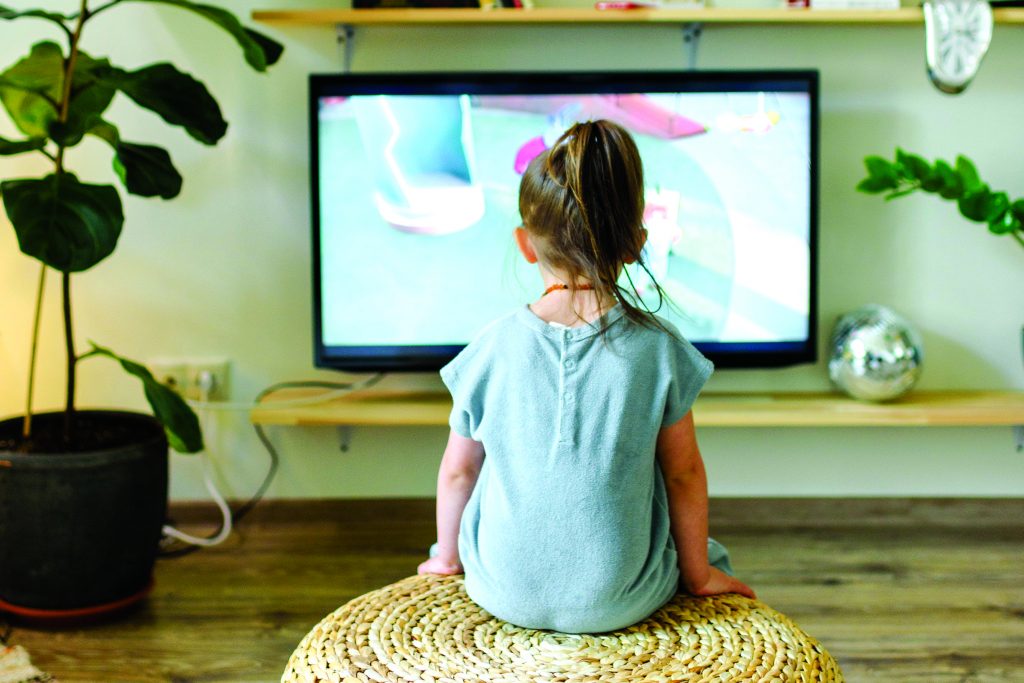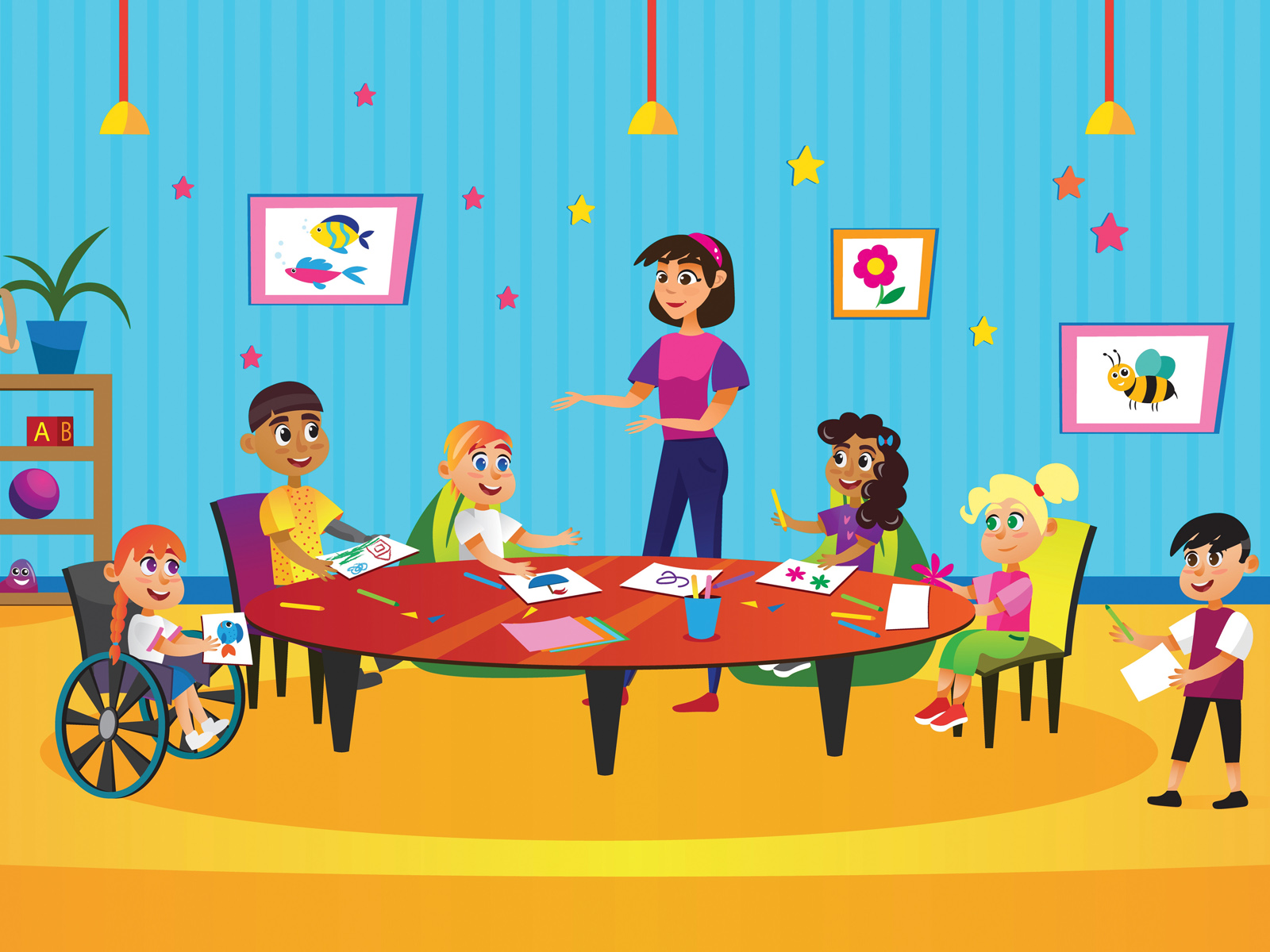Music and stress
Studies show that music serves similar functions in different cultures around the world—to soothe babies, dance, heal, and express love. One study found that Canadians could accurately identify sadness, joy, and anger in classical Indian ragas, suggesting music is a sort of transcendent language. But music provides benefits that go beyond social bonding— it affects us on a biological level.
For instance, engaging in pleasurable musical activities release reinforcing, feel-good hormones like endorphins and dopamine, which might explain why adults who move in sync to music report liking each other better and trusting each other more. In studies of preterm infants in intensive care, listening to music stabilized heart and respiratory rates, improved feeding and weight gain, and led to more mature sleep patterns. And people who participate in music therapy with licensed practitioners have shown improvement in mood and concentration, and have experienced reduced pain, anxiety, fatigue, and the stress hormone cortisol—without the use of medication.
In children, playing a musical instrument is associated with improved organization and growth of the brain areas responsible for thinking, memory, emotion regulation, and motor coordination.
Source: nationalgeographic.com

Project SignON
Seventeen European partners are collaborating on an app that translates spoken word into sign language, and sign language into spoken word.
The SignON project aims to simplify communication between people with hearing loss and those who can hear throughout Europe. Each spoken language has a unique sign language which makes communication extremely complicated. The project is focused on Irish, British, Dutch, Flemish, and Spanish sign languages. In terms of spoken languages, the consortium is concentrating on Irish, English, Dutch, and Spanish.
“When something is translated into sign language, it is represented by a 3D avatar. When sign language is translated into a spoken language, it is articulated using artificial speech” says one of the researchers, Dr. Dimitar Shterionov. Imagine a computer voice like Siri.
There is a high level of cooperation with deaf and hearing-impaired people during the project. “Communication with the deaf and hard of hearing will steer the development of the app. We will evaluate the app in the interim so that we can incorporate the feedback from this group.” According to Shterionov, this form of co-creation makes the project unique. This approach ensures that the future app will be well-suited to the needs of the user target group.
Source: innovationorigins.com

Reduce screentime
A decade ago researchers suggested that parents limit little kids TV time.
Since then, passive entertainment screens—televisions, DVD players, computers streaming video—have become ubiquitous, and the average 12-month-old gets between one and two hours of screen time per day. The 0- to 2-year age group has become a prime target for commercial educational programming, often used by parents convinced that it’s beneficial.
Media, whether playing in the background or designed explicitly as an infant educational tool, “have potentially negative effects and no known positive effects for children younger than two years,” concluded the AAP’s report, released Oct. 18 at the Academy’s annual meeting in Boston and scheduled for November publication in the journal Pediatrics. “Although infant/toddler programming might be entertaining, it should not be marketed as or presumed by parents to be educational.”
Used at night, TV might help kids fall asleep, but that appears to come at a delayed cost of subsequent sleep disturbances and irregularities. At other times, media consumption comes with opportunity costs, foremost among them the silence of parents. While television is on, there’s less talking, and talk time is very important in language development.
Source: wired.com














